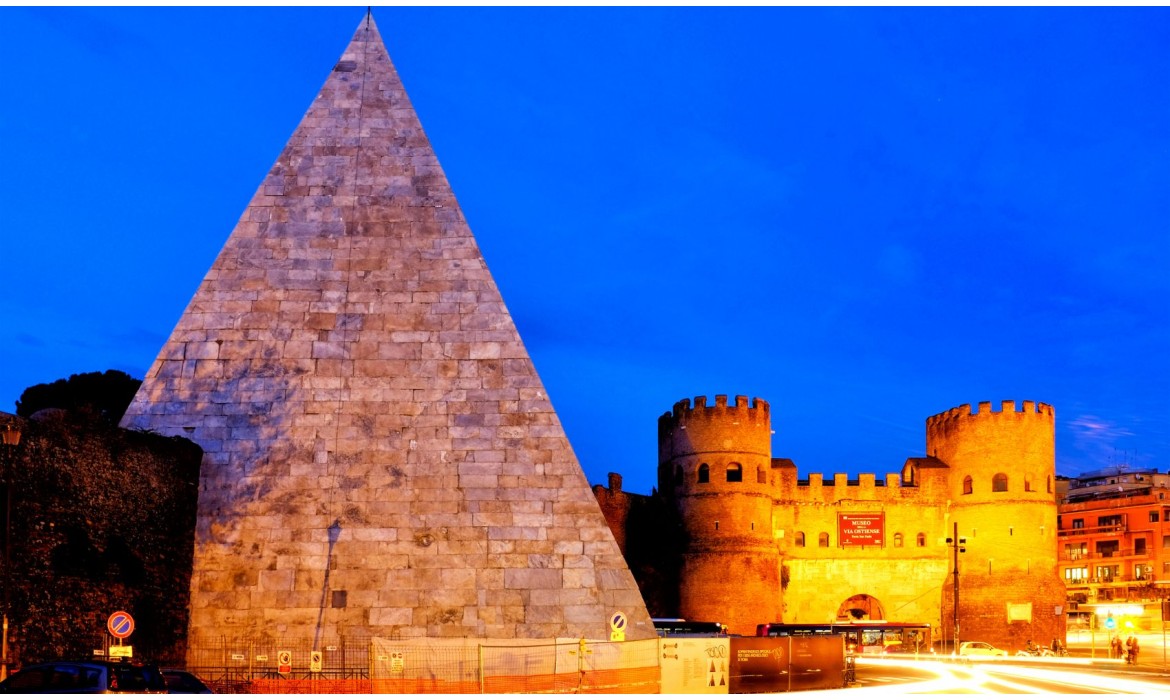Ipsa, Caput Mundi, bellorum maxima merces, Roma capi facilis…
«La stessa Roma, capitale del mondo, la più importante preda di guerra,
agevole a soggiogarsi […]»
Marco Anneo Lucano, Pharsalia, II, 655-656
In termini urbanistici oggi non si parla più di centro storico di Roma ma di Città Storica.
All’interno della Città storica esiste un’area specifica denominata perimetro UNESCO.
L’UNESCO, Organizzazione delle Nazioni Unite per l’Educazione, le Scienze e la Cultura, è stata istituita dalla Convenzione di Londra del 16 novembre del 1945, ratificata dall’Italia il 27 gennaio 1948.
Secondo l’art. 1 della Convenzione, l’Organizzazione «si propone di contribuire al mantenimento della pace e della sicurezza rafforzando, con l’educazione, le scienze e la cultura, la collaborazione tra le nazioni, allo scopo di garantire il rispetto universale della giustizia, della legge, dei diritti dell’uomo e delle libertà fondamentali, a profitto di tutti, senza distinzioni di razza, di sesso, di lingua o di religione, e che la Carta delle Nazioni Unite riconosce a tutti i popoli».
Ecco perché le aree considerate strategiche per le finalità che la Convenzione si propone sono soggette a un particolare regime di tutela che preservi nel tempo il patrimonio mondiale dell’umanità affinché anche i posteri possano goderne.
COSA COMPRENDE IL PERIMETRO UNESCO?
Il perimetro UNESCO della Città Storica di Roma racchiude le porzioni di territorio site all’interno delle Mura Aureliane, oltre a un’area intorno alla Città del Vaticano e un'altra situata nel contesto della basilica di San Paolo fuori le Mura.
Nel perimetro UNESCO sono compresi elementi storici, artistici e culturali che abbracciano quasi 3.000 anni di storia, dalla fondazione della città (753 a.C.) ad oggi:
a) monumenti (Colosseo, Circo Massimo, Pantheon, Ara Pacis, tutta l’area dei Fori ecc.);
b) fortificazioni (mura della città; mura di Castel Sant’Angelo);
c) aree urbane (Tridente, ecc.);
d) edifici civili (Campidoglio, ecc.);
e) luoghi di culto (chiese e basiliche maggiori: Santa Maria Maggiore, San Giovanni in Laterano);
f) palazzi (Palazzo Farnese, Palazzo del Quirinale, Palazzo Spada, ecc.);
g) complessi museali (Vittoriano, Palazzo Altemps, Galleria Borghese, ecc.).
Rientrano nel perimetro UNESCO tutti i rioni storici (salvo una parte dei rioni Borgo e Prati).
Nel 1990 lo Stato italiano ha sottoscritto un accordo con il Vaticano grazie al quale anche i beni extra-territoriali della Santa Sede sono stati inseriti nella lista mondiale UNESCO.
Data l’importanza del perimetro UNESCO sotto il profilo storico, artistico e archeologico, il comune di Roma ha emanato una delibera (49/2019) che disciplina l’esercizio delle attività commerciali e artigianali all’interno della Città Storica e del perimetro UNESCO.
Per maggiori approfondimenti leggi i nostri articoli sulle attività tutelate e le attività vietate nelle aree suddette.

